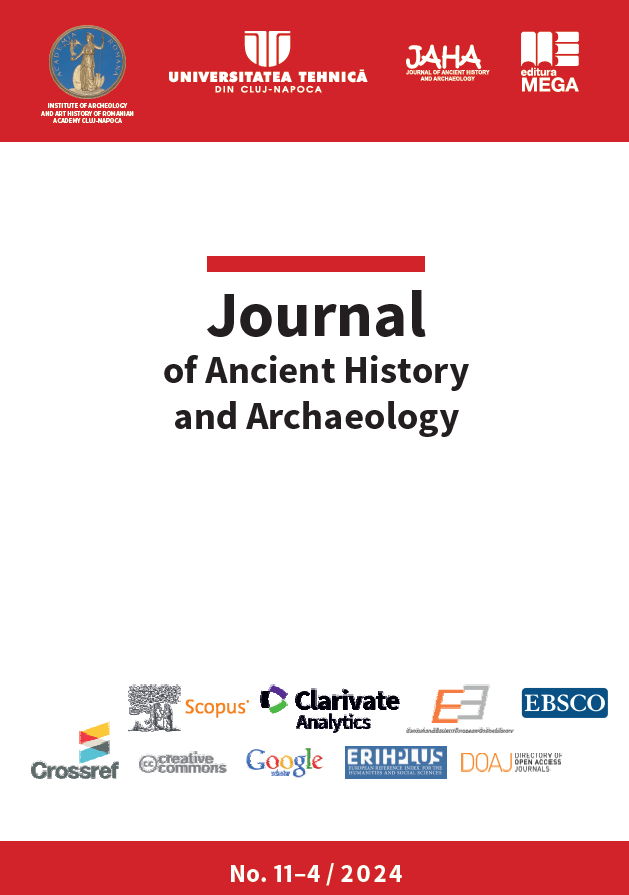AMISOS ANCIENT CITY EXCAVATION AND POTTERIES
AMISOS ANCIENT CITY EXCAVATION AND POTTERIES
Author(s): Davut Yiğitpaşa, Orhan Alper Şİri̇nSubject(s): History, Archaeology, Ancient World
Published by: Editura Mega Print SRL
Keywords: Amisos; Çakalca-Karadoğan Mound; pottery; kylix; skyphos; lekythos;
Summary/Abstract: Çakalca-Karadoğan Mound excavations revealed that the city of Amisos was first colonized by Miletos colonists in the mid–6th century BC. The second foundations of the city were laid here at the end of the 4th century BC, at the Toraman Hill and its surroundings, 16 km away. Based on the findings from the Archaic and Classical Period unearthed during the Çakalca-Karadoğan Mound excavation carried out in Samsun’s Atakum district, Büyükoyumca District, Kurupelit Town in 2009, under the chairmanship of the Samsun Museum Directorate, it has been revealed where the city started to be estab-lished during the colonial period. Vessels such as bowls, kylixes, lekythoi, skyphoi, amphorae, plates, etc. were unearthed during the excavations. Most of the black and red figure ceramic fragments made with graffiti technique were unearthed in trench no. III, while the fragments of black glazed Attic ceramics were unearthed in trenches no. I and III. 28% of the black glazed ceramic fragments recovered from the Çakalca-Karadoğan Mound excavation were found in trench No. I and 22% were found in trench No. III. Black glazed ceramic fragments are respectively kylix, skyphoi, bowls, and lekythoi in trench No. I, and kylix, skyphoi, lekythoi, and bowl in trench No. III. These fragments are generally decorated with human, animal, mythological figures, and geometric motifs. Black and red-figure ceramic fragments dating back to the 6th century BC and 5th century BC were also brought to Amisos by Miletos colonists, as were terracotta statuettes and figurines.
Journal: Journal of Ancient History and Archaeology
- Issue Year: 11/2024
- Issue No: 4
- Page Range: 57-85
- Page Count: 29
- Language: English

